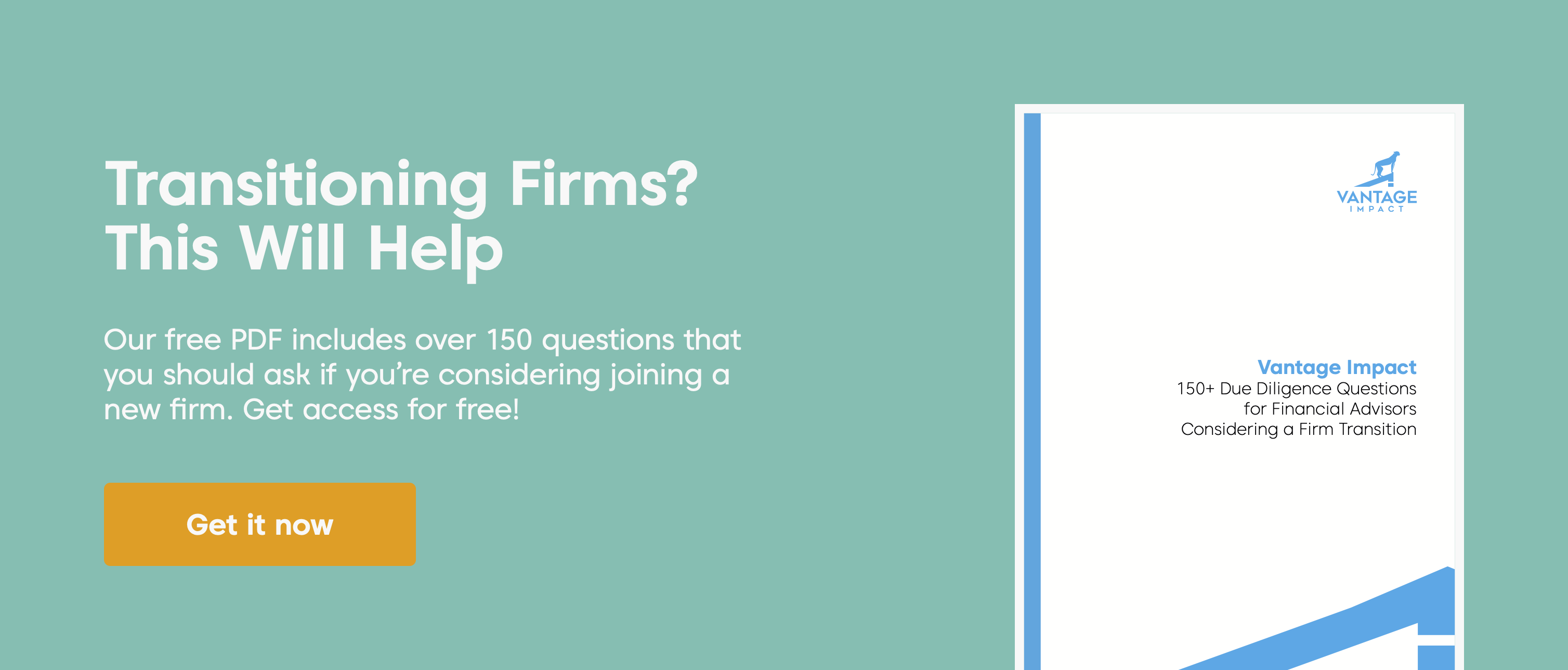You’ve been part of a financial advisory firm for years, but you’re yearning to branch out as a sole proprietor. Life as your own boss making decisions for your own business sounds incredibly fulfilling. Or perhaps you’re on your own, looking to join forces with a few other advisors to form your own small firm, and you each have your own book of business.
A lot of benefits accompany these scenarios, including higher payout structures and succession planning.
So what’s holding you back?
Fear of the risks involved? Lack of knowledge on how to make a smooth transition? Fear of the unknown?
Let us help you learn what it takes to start and structure your own practice in a way that operates strategically to reap major rewards, is compliant with financial regulations, and protects you as an owner.
We talked to our friends at EmployShare, who have years of experience in this arena.
“In a past life, I was a human resources director for a large human service organization,” said EmployShare in-house counsel, Jeffery Bovalino.
“I learned to recognize risks in the threat environment and to put policies, procedures, documents and management structures into place to mitigate the risk. When I became an attorney, I used those risk assessment skills to defend my clients and take down their opponents. I’ve had the experience of sitting on both sides of the table and I know what it takes to bulletproof a business,” he said.
EmployShare works with its clients to understand their needs and goals and customizes and implements a business plan to achieve them.
“For example, if two advisors want to share revenue and expenses equally and form a legal entity for liability protection to move their employees through there—that's one model,” Bovalino said.
“Or maybe they just want to have a sheer expense sharing vehicle, but want to keep their own book and not share profits—that’s a different model,” he continued.
Risk Mitigation - Analyzing Your Current Scenario
“People don't believe that risks are going to materialize,” Bovalino said. “But we proactively assess risks and threats to their business, and I call this the phantom savings job. Because if we do our job properly, we help people protect themselves.”
First, Bovalino recommends an analysis of the current environment the advisor is leaving. Is it a hybrid RIA or a wirehouse broker-dealer scenario? The structure plays a role in the transition process and EmployShare educates and provides tools to help new sole proprietors run their own business while protecting them from risk.
Essential Agreements & Governance
According to Bovalino, a critical first step in setting up your own business is to set up a governance structure and get essential agreements in place.
An operating agreement should cover equity, expenses, governance and succession planning, among other things.
In terms of governance, the advisors need to decide on rules like:
- Governing by majority
- Voting rights
- Dissolution plans
- Admission of new members
“I always say beware of a template,” Bovalino said. “We design and write plans for our clients based on the specific circumstances of the advisors and how they want to operate.”
Dan D’Alio, president and co-founder of EmployShare, highlights the importance of this analysis and due diligence in a story about three clients merging.
“The smallest practice had the highest revenue net profits at 68%. The middle practice was a 34% net profit, and the largest practice was 16% net profit,” D’Alio said.
“Their goal was to merge for economies of scale, but through Jeff and his team’s analysis, they learned merging wasn’t the right move for them. So, Jeff created a fourth entity that the three partners now own. They didn't have to break up their practices and destroy their net profitability, and they have a fourth entity that they own equally and share income and expenses in. They're acquiring practice after practice and they don't have to change.”
By vetting their clients’ businesses and gaining a deep understanding of their needs and goals, EmployShare is able to tailor policies and strategies to set them up for success.
Business Operations
As someone who doesn’t set up new businesses every day, it can be easy to overlook or not even know what to consider when forming a new entity. Thankfully EmployShare knows exactly what to look for, how to customize a solution, and how to protect you in the process for the most successful outcome.
“The first thing an individual moving into their own practice should consider is what kind of support they will need,” Bovalino said.
This includes:
- Are they hiring staff?
- Do they need a legal entity?
- Do they need liability protection for employees, utilities or leasing office space?
- Do they require bankruptcy protection?
A legal entity can be very beneficial Bovalino said, particularly for succession.
“A sole proprietor’s business dies with them. But, if you have a legal entity, your operating agreement should contain language regarding a proper succession strategy. In this manner, the business possesses perpetuity of life, it goes on with limited business interruption, and you don’t have to rehire the employees.
Acquiring New Employees & More Advisors
Once you’re established and ready to hire employees, it’s crucial to have the proper documentation in place, including:
- Agreements
- Mission statement
- Restrictive covenants
- Organizational structure
- At-will employment clause
- Job descriptions that include
- Scope of work
- Essential functions of the position
- Accurate employee classification (i.e. Exempt or non-exempt)
“I often see rookie mistakes where firms don’t have proper job descriptions with essential functions, and that opens you up to unemployment claims and potential lawsuits because you didn't set the scope of their agreement in writing,” Bovalino said.
“I once saved a client $100,000 because of the bonus section of the agreement. I put ‘may’ be eligible for a bonus, instead of ‘will.’ Mandatory vs. permissive statements can really make a difference depending on the role,” he said.
Growth and Relationships
Relationships matter. If you are planning to acquire other firms as part of your growth strategy, you need to address all of the risk mitigation factors that we’ve discussed, but you also need to get to know your seller.
“Dan and I always say, if you're going to get together with somebody, spend lots of time with them,” Bovalino said. “Don’t look at the dollar signs. Look at whether or not this is going to be lasting.”
“Just because you buy the book doesn't mean that all of the clients will be long-term,” D’Alio added. “Imagine paying a million dollars for something and only getting $800,000 of value. Buying the practice has nothing to do with money, it has to do with the relationship.”
So whether you are an advisor with your sights set on sole proprietorship or looking to team up with other individuals, the success of your business lies in the steps you take to mitigate risk from the very beginning.
As Jeff and Dan have said, it can protect you against lawsuits, huge financial losses and unhappy employees - which can lead to unsatisfied clients. We encourage you to work with a trusted company like EmployShare to get your new or existing business operations off the ground safely and successfully.
Before deciding to leave your current firm or establishing your new business, connect with Vantage Impact to start planning any large change or transition of your practice. Launching a new brand can also be a large part of forming your own practice. Reach out to us today to discuss the best options for building brand awareness for your business.
Stay tuned for a second post featuring our friends at EmployShare and their expertise on comprehensive human resources and payroll programs for financial firms!




